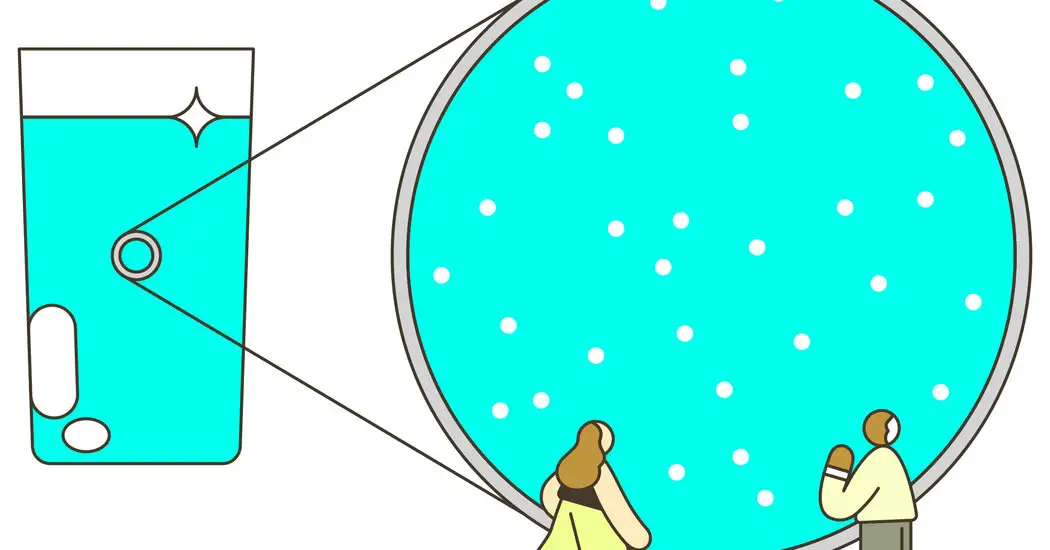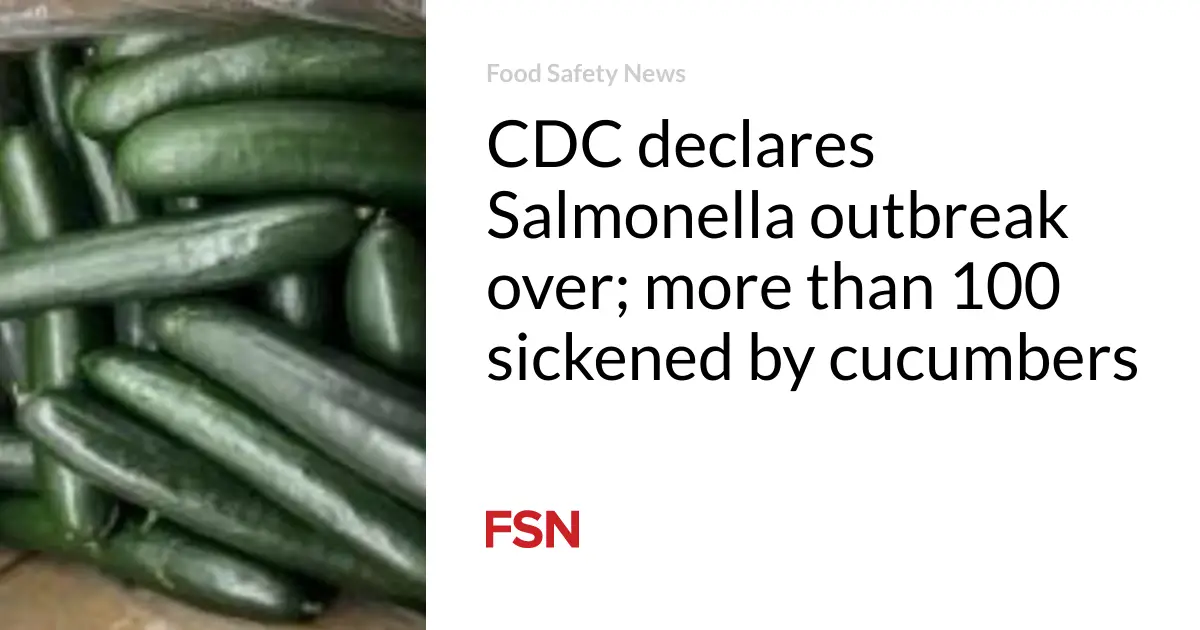
Times Insider explains who we are and what we do and delivers behind-the-scenes insights into how our journalism comes together.
Cookware. Dental floss. Shampoo.
Perfluoroalkyl and polyfluoroalkyl substances, known as PFAS, can be found in those items and hundreds of other household products. Nicknamed “forever chemicals” because they do not fully degrade, PFAS are resistant to heat, oil, grease and water. (One of the first uses of PFAS chemicals was as a nonstick agent in Teflon cookware in the 1940s.) But exposure to PFAS has been linked to cancer, liver damage and birth defects, among other health issues.
Worse, the chemicals have made their way into our showers, sinks and drinking glasses — a 2023 study detected PFAS in nearly half of the nation’s tap water. But there’s some good news: For the first time, the Environmental Protection Agency is regulating PFAS. This month, the E.P.A. announced that it would require municipal water systems to remove six forever chemicals from tap water.
Lisa Friedman, a reporter on the Climate desk at The New York Times, wrote about the new rules. In a recent conversation, Ms. Friedman discussed the whirlwind month in climate news, what could stall the implementation of the regulations and how her beat has evolved over 15 years. This interview has been edited and condensed.
How significant is this moment?
This is a really big deal. The E.P.A. has finalized rules that will require some PFAS chemicals to be reduced to near-zero levels in our drinking water. But PFAS chemicals are hard to eliminate, and doing so will involve an expensive process. It will be a pretty big headache for water utility companies.
Last week, President Biden’s administration blocked a proposed industrial road in Alaska and announced plans to expand two national monuments in California. Is there a reason so much climate policy change is happening right now in the United States?
The regulations on PFAS in tap water were first proposed last year, but there’s an obscure law called the Congressional Review Act, which gives Congress at least 60 legislative days to overturn new rules issued by federal agencies. If Republicans take control of the Senate and Donald Trump wins the presidency, the rules could be easily overturned.
Not knowing what’s going to happen with the presidential election, many agencies might be trying to finalize rules now out of caution.
The E.P.A. has said that public water systems have three years to monitor their water for PFAS and an additional two years to install new technology if PFAS levels exceed standards. Given that time frame, could a potential Trump administration reverse these rules?
Absolutely. The caveat is that unwinding rules doesn’t happen overnight. For as long as it takes to impose a regulation, it often takes just as long to roll a regulation back. A Trump administration could do other things to weaken the regulations or slow their progress, however.
Many readers had strong reactions to the news. Did that surprise you?
It was amazing to see the level of detailed comments on my article. I primarily write about climate change, and there are people who are very passionate and thoughtful about the subject. But this story hit close to home, and that came through in the comments. There’s a lot of anger at companies, and questions about why this kind of regulation hasn’t happened before.
What’s the biggest challenge of your beat?
I think the biggest challenge is explaining complicated topics, whether it’s a carbon tax or regulations on power plants. Figuring out how to show people why all of this matters is fun, but challenging.
What’s your journalism background?
I have been covering climate change for about 15 years. Before I came to The Times, I was an editor for Climatewire, which is now a part of Politico. There, I wrote about what climate change means for some of the poorest countries in the world and covered the United Nations climate negotiations from Copenhagen and Paris.
I came to the climate change beat by accident. I thought I’d maybe do this for a year. Fifteen years later, I am still learning and discovering new things.
Does climate journalism look different today than it did 15 years ago?
The journalism landscape has changed. When I first started covering climate change, news outlets had maybe one or two reporters covering climate. It took time for climate news to get the coverage it deserves. Now at The Times, we have an enormous climate team. The Washington Post and The Associated Press have climate teams. Climate stories often appear on the front page of The Times. I think there’s a much greater awareness of climate problems and what needs to be done.






